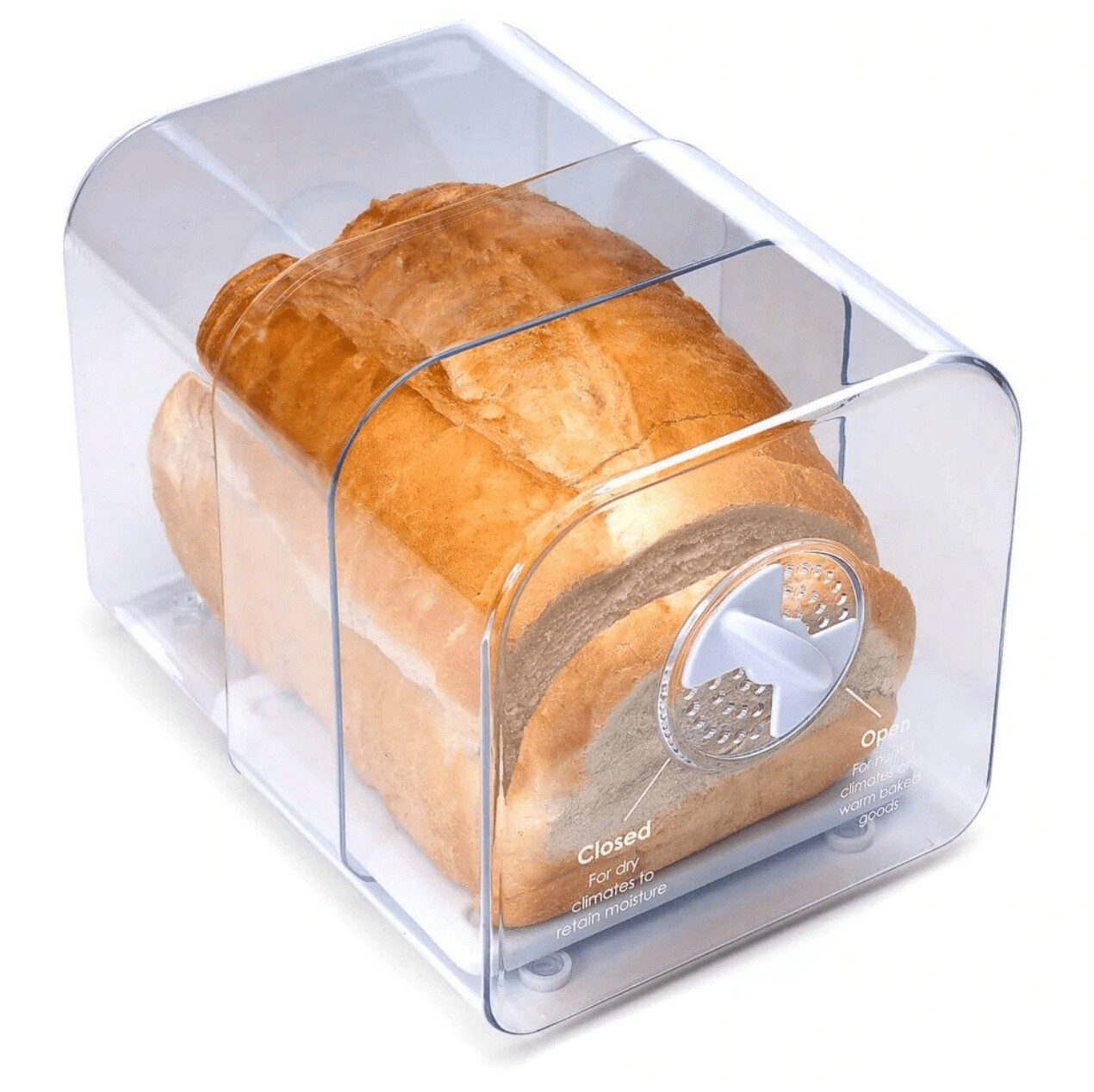

Articles
How To Store Loaf Of Bread
Modified: February 23, 2024
Learn the best techniques and tips for storing a loaf of bread in this informative article. Keep your bread fresh and delicious for longer with our expert advice.
(Many of the links in this article redirect to a specific reviewed product. Your purchase of these products through affiliate links helps to generate commission for Storables.com, at no extra cost. Learn more)
Introduction
Welcome to the world of bread, where fluffy dough meets delectable flavors. Whether you’re a bread enthusiast, a home baker, or someone who enjoys a good loaf now and then, one thing is for sure – storing bread properly is crucial to maintain its freshness and quality.
When it comes to storing bread, there are several factors to consider, such as the type of bread, the climate, and how long you want to keep it fresh. In this article, we will guide you through the various methods of storing bread to help you make the right choices and keep your loaves as fresh as possible.
So, if you’ve ever wondered how to store a loaf of bread and extend its shelf life, read on to find out the best practices and expert tips for keeping your bread delightfully fresh!
Key Takeaways:
- Choose the right storage method: Whether it’s room temperature, refrigerator, or freezer, select the best option based on the type of bread, climate, and desired freshness to keep your loaves delightfully fresh.
- Properly wrap and handle your bread: Use plastic wrap, airtight containers, or bread bags to minimize moisture loss and air exposure. Avoid excessive handling and store bread away from sunlight and excessive moisture to maintain its freshness.
Read more: How To Store Sourdough Loaf
Choosing the Right Storage Method
When it comes to storing bread, one size does not fit all. Different types of bread require different storage methods to maintain their freshness. The three main storage methods for bread are storing at room temperature, storing in the refrigerator, and freezing. Let’s take a closer look at each of these methods and when they are most suitable.
- Room Temperature: Storing bread at room temperature is the most common method. It works well for bread that will be consumed within a few days. It’s important to choose a cool, dry place away from direct sunlight or heat sources. This method is ideal for crusty bread like baguettes and artisan loaves.
- Refrigerator: The refrigerator can help extend the shelf life of bread, but it may also lead to faster staling. The cold and dry environment of the fridge can remove moisture from the bread, making it go stale quicker. However, if you live in a hot and humid climate, storing bread in the fridge can help prevent mold growth. It’s best to use airtight containers or plastic bags to limit moisture loss.
- Freezing: Freezing bread is a great long-term storage option. It allows you to keep bread fresh for several weeks or even months. Freezing is particularly useful when you have a surplus of bread or want to stock up for future use. It’s essential to wrap the bread tightly in plastic wrap or place it in freezer bags to prevent freezer burn.
The storage method you choose depends on factors such as the type of bread, how long you want to keep it fresh, and your individual preferences. Now that you understand the different storage methods, let’s delve into the specifics of wrapping your loaf of bread to optimize its freshness.
Wrapping the Loaf of Bread
Properly wrapping your loaf of bread plays a crucial role in maintaining its freshness and preventing moisture loss. The right wrapping technique can help preserve the texture and flavor of the bread. Here are a few guidelines to follow when wrapping your loaf:
- Use Plastic Wrap: Plastic wrap is an effective option for wrapping bread as it creates a barrier against air and moisture. Start by taking a sheet of plastic wrap, larger than the size of your bread. Place the loaf in the center and tightly wrap the plastic around it, ensuring there are no gaps or exposed areas.
- Avoid Foil: While foil may seem like a good option, it can actually accelerate the staling process by trapping moisture inside. Foil is best reserved for cooked or warm bread that needs to be kept crispy.
- Opt for Airtight Containers: If you prefer to avoid plastic wrap, you can store your bread in airtight containers. These containers provide an extra layer of protection against air and moisture. Look for containers that fit the size of your loaf, minimizing extra space that can lead to faster staling.
- Bread Bags: Bread bags are specifically designed to optimize bread storage. These bags are breathable, allowing moisture to escape while keeping the bread fresh. Slide your loaf into a bread bag and securely seal it to maintain maximum freshness.
Remember, the key is to minimize exposure to air and moisture, which are the main culprits of bread going stale. With proper wrapping, your loaf of bread will stay fresher for longer, no matter which storage method you choose.
Storing Bread at Room Temperature
Storing bread at room temperature is a popular method that works well for bread that will be consumed within a few days. Here are some tips to keep in mind when storing bread at room temperature:
- Choose the Right Spot: Find a cool, dry place in your kitchen to store your bread. Avoid areas that are exposed to direct sunlight or heat sources, as they can accelerate staling and mold growth.
- Use a Bread Box: Investing in a bread box can help regulate the temperature and humidity around your bread. Bread boxes are designed to provide a suitable environment that can extend the freshness of bread.
- Avoid Refrigeration: While it might be tempting to store your bread in the refrigerator to make it last longer, it can actually lead to faster staling. The cold and dry environment of the fridge can remove moisture from the bread, making it go stale quicker.
- Rotate Your Bread: If you frequently buy or bake bread, make sure to rotate your loaves. Consume the older bread first to ensure none of them go to waste.
By following these guidelines, you can ensure that your bread stays fresh and flavorful when stored at room temperature. Now let’s explore another storage option – storing bread in the refrigerator.
Storing Bread in the Refrigerator
Storing bread in the refrigerator can be a viable option, especially if you live in a hot and humid climate or if you’re looking to extend the shelf life of your bread. However, it’s important to note that refrigeration can accelerate the staling process in bread. Here are some tips to help you store bread in the refrigerator properly:
- Use Airtight Containers or Plastic Bags: When storing bread in the refrigerator, it’s crucial to keep it in airtight containers or sealed plastic bags to minimize moisture loss. This helps prevent the bread from becoming dry and stale.
- Practice Proper Labeling: If you have multiple types of bread stored in the refrigerator, label them to avoid confusion and ensure you consume them in a timely manner.
- Be Mindful of Odor Transfer: The refrigerator can absorb odors, which can affect the taste of your bread. To prevent odor transfer, store your bread away from strong-smelling foods or consider using a separate compartment dedicated to bread storage.
- Plan for Short-Term Storage: Refrigeration is best suited for short-term storage of bread. It can help slow down mold growth in humid conditions and extend the freshness of your bread by a few extra days.
While refrigeration can help inhibit mold growth, it’s important to consume the bread within a reasonable time frame to avoid staling. Now, let’s move on to a long-term storage option – freezing bread.
Store your loaf of bread in a cool, dry place, away from direct sunlight and heat. A bread box or a paper bag can help maintain freshness. Avoid storing in the fridge, as it can dry out the bread.
Read more: How To Store A Loaf Of Sourdough
Freezing Bread for Long-term Storage
Freezing bread is an excellent method for long-term storage, allowing you to keep bread fresh for several weeks or even months. Follow these steps to freeze your bread properly:
- Prep the Bread: Before freezing, make sure your bread has cooled completely. If your bread is not sliced, consider slicing it before freezing, as it will be easier to thaw and use later.
- Wrap the Bread: Wrap the bread tightly in plastic wrap or place it in freezer bags. Make sure there are no air pockets to prevent freezer burn. For added protection, you can double-wrap the bread or use airtight containers.
- Label and Date: It’s essential to label your frozen bread with the type of bread and the date you froze it. This will help you keep track of its freshness and ensure you consume it within a reasonable time frame.
- Store in the Freezer: Place the wrapped bread in the freezer, ideally in a designated spot where they won’t get crushed or damaged. Be mindful not to overload the freezer, as it can affect the circulation of cold air.
By following these steps, you can freeze your bread effectively, extending its shelf life for several weeks or even months. However, keep in mind that the texture and flavor may slightly change after thawing.
Now, let’s move on to the important topic of how to properly thaw your frozen bread.
Thawing Frozen Bread
Properly thawing frozen bread is crucial to ensure its texture and taste remain intact. Follow these simple steps to thaw your frozen bread:
- Remove from the Freezer: Take the frozen bread out of the freezer and remove any wrapping or packaging.
- Choose the Thawing Method: There are a few different methods you can use to thaw your bread:
- Room Temperature: Let the bread thaw at room temperature. This method may take a couple of hours, depending on the size and thickness of the bread slices.
- Toaster or Oven: For sliced bread or rolls, you can thaw and warm them up simultaneously by placing them in a toaster or oven for a few minutes. Be careful not to over-toast or overheat the bread.
- Microwave: If you’re in a hurry, you can use the microwave to thaw your bread. However, keep in mind that this method can make the bread slightly soggy or chewy. Use the defrost setting and microwave in short bursts to prevent overheating.
- Monitor the Thawing Process: Keep an eye on the bread as it thaws to prevent it from becoming too dry or overcooked. Adjust the method or timing as needed.
- Let it Rest: After the bread has thawed, let it rest for a few minutes before consuming. This allows it to regain its texture and taste.
By following these thawing methods, you can enjoy bread that tastes as fresh as the day it was baked. However, it’s important to consume the thawed bread within a few days for optimal freshness.
Now that you know how to thaw your frozen bread, let’s explore some expert tips for keeping your bread fresh, regardless of the storage method you choose.
Tips for Keeping Bread Fresh
Whether you store your bread at room temperature, in the refrigerator, or freeze it for long-term storage, here are some expert tips to help you keep your bread fresh:
- Buy or Bake Fresh: Whenever possible, choose freshly baked bread or bake your own. Freshly made bread tends to stay fresher for longer.
- Avoid Slicing in Advance: Slicing bread exposes more surface area to air, which can lead to faster staling. To maximize freshness, slice bread just before you plan to use it.
- Use Bread Bags: Bread bags are designed to provide a breathable environment, allowing moisture to escape while keeping the bread fresh. Consider investing in bread bags for optimal storage.
- Store Partial Loaves: If you’re only using part of a loaf, store the remaining portion in a plastic bag or wrap it tightly to prevent moisture loss.
- Avoid Excessive Handling: Touching bread with bare hands can transfer oil and moisture, causing it to spoil faster. Use clean utensils or gloves when handling bread to maintain its freshness.
- Keep Away from Sunlight: Sunlight can accelerate the staling process and cause mold growth. Store your bread in a cool, dry place away from direct sunlight or heat sources.
- Don’t Refrigerate Fresh Bread: Fresh bread doesn’t require refrigeration as it can accelerate staling. If you’re not going to consume it within a few days, consider freezing it instead.
- Store Different Types Separately: Strong-flavored or moist bread, such as garlic bread or sandwich rolls, can transfer their flavors and moisture to other bread. Store different types of bread separately to preserve their distinct qualities.
- Avoid Moisture Build-Up: Moisture build-up can cause bread to become soggy or moldy. Always ensure your bread is completely cooled before storing it and avoid storing it in a humid environment.
- Consume Enjoyably: Bread tastes best when it’s fresh, so try to consume it within a few days of purchase or thawing. Toasting bread can bring back some of its freshness and texture if it starts to go stale.
By following these tips, you can prolong the freshness of your bread and enjoy delicious slices for longer periods.
Now that you’re armed with these expert tips, you can confidently store your bread and keep it fresher for longer. Let’s wrap up with a brief summary.
Conclusion
Properly storing bread is essential to maintain its freshness and quality for as long as possible. Whether you prefer keeping bread at room temperature, in the refrigerator, or in the freezer, following the right methods and techniques can help you extend its shelf life and enjoy delicious slices whenever you desire.
Choosing the right storage method depends on factors such as the type of bread, climate, and how long you want to keep it fresh. Storing bread at room temperature works best for bread that will be consumed within a few days, while refrigeration can help in hot and humid environments but may accelerate staling. Freezing bread is ideal for long-term storage, allowing you to enjoy fresh bread even weeks or months later.
When it comes to wrapping your bread, using plastic wrap, airtight containers, or specialized bread bags can help minimize moisture loss and air exposure, preserving the texture and flavor. Thawing frozen bread properly is crucial, whether it’s at room temperature, in a toaster or oven, or using a microwave, ensuring that your bread thaws evenly without compromising its taste and texture.
To keep your bread fresh, remember to buy or bake fresh bread whenever possible, minimize handling with bare hands, store bread away from sunlight and excessive moisture, and slice bread only when needed. Following these expert tips will help you maintain the freshness of your bread and ensure maximum enjoyment.
So go ahead, store your bread with confidence, and savor every delightful bite of fresh, delicious bread. With the right storage methods and a little bit of care, you can extend the lifespan of your loaves, making every meal a satisfying experience!
Frequently Asked Questions about How To Store Loaf Of Bread
Was this page helpful?
At Storables.com, we guarantee accurate and reliable information. Our content, validated by Expert Board Contributors, is crafted following stringent Editorial Policies. We're committed to providing you with well-researched, expert-backed insights for all your informational needs.
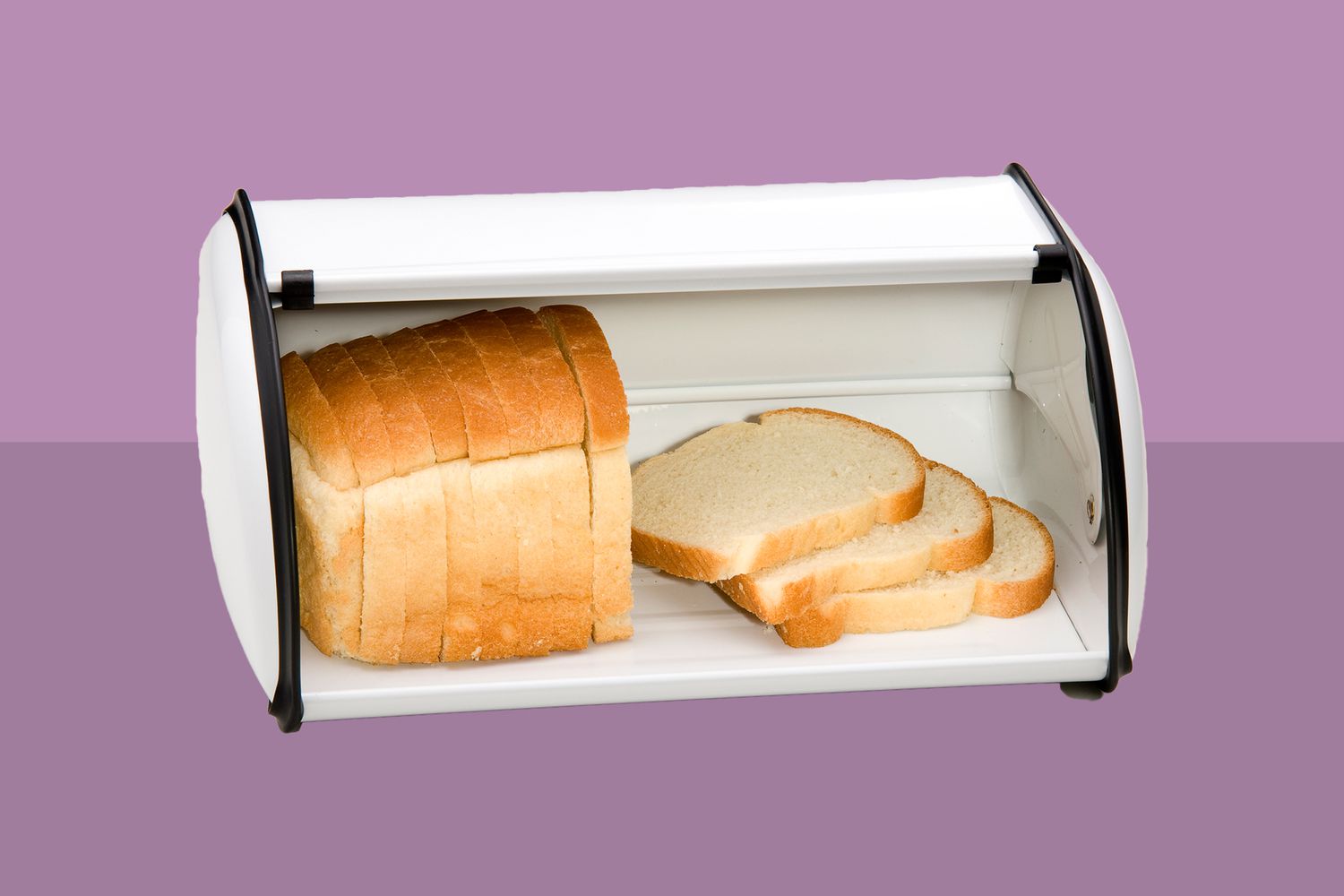
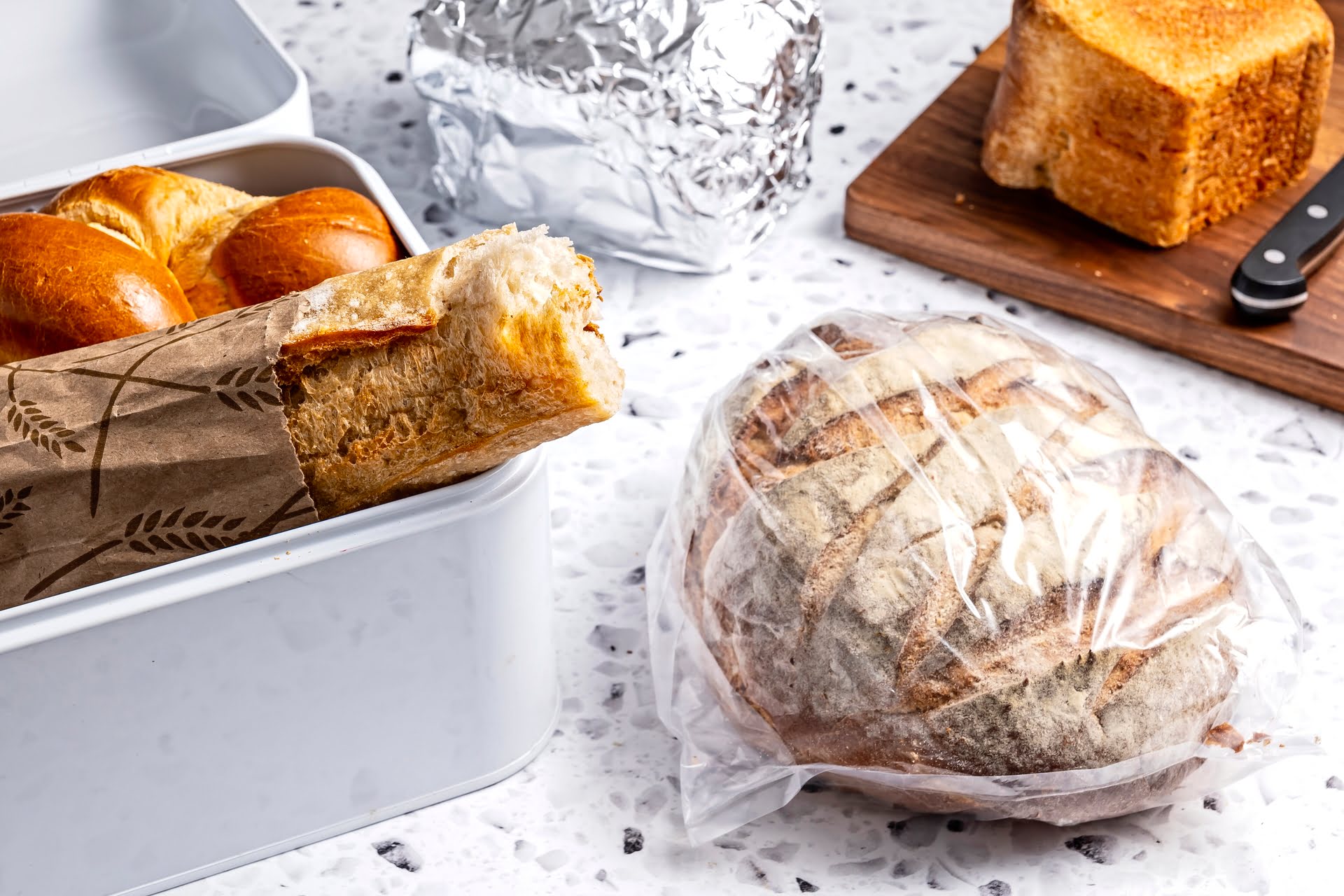
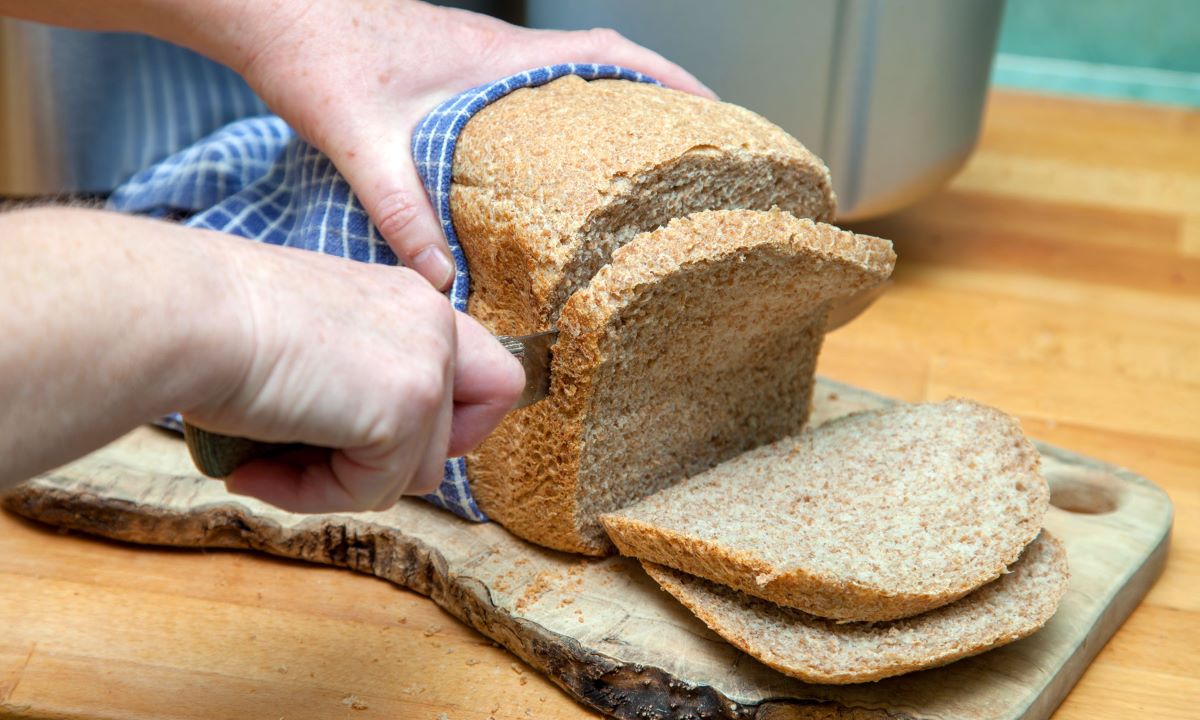
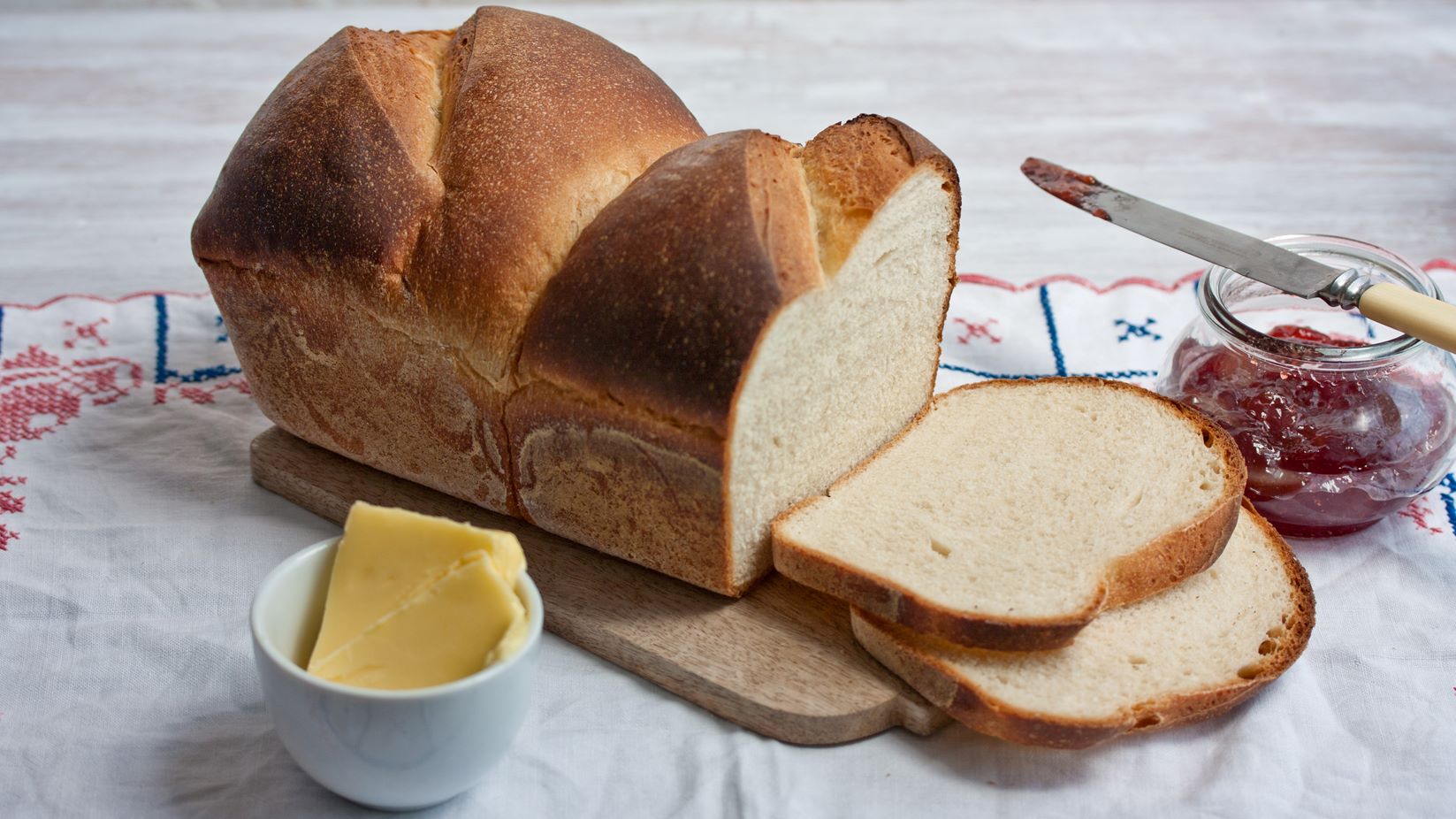
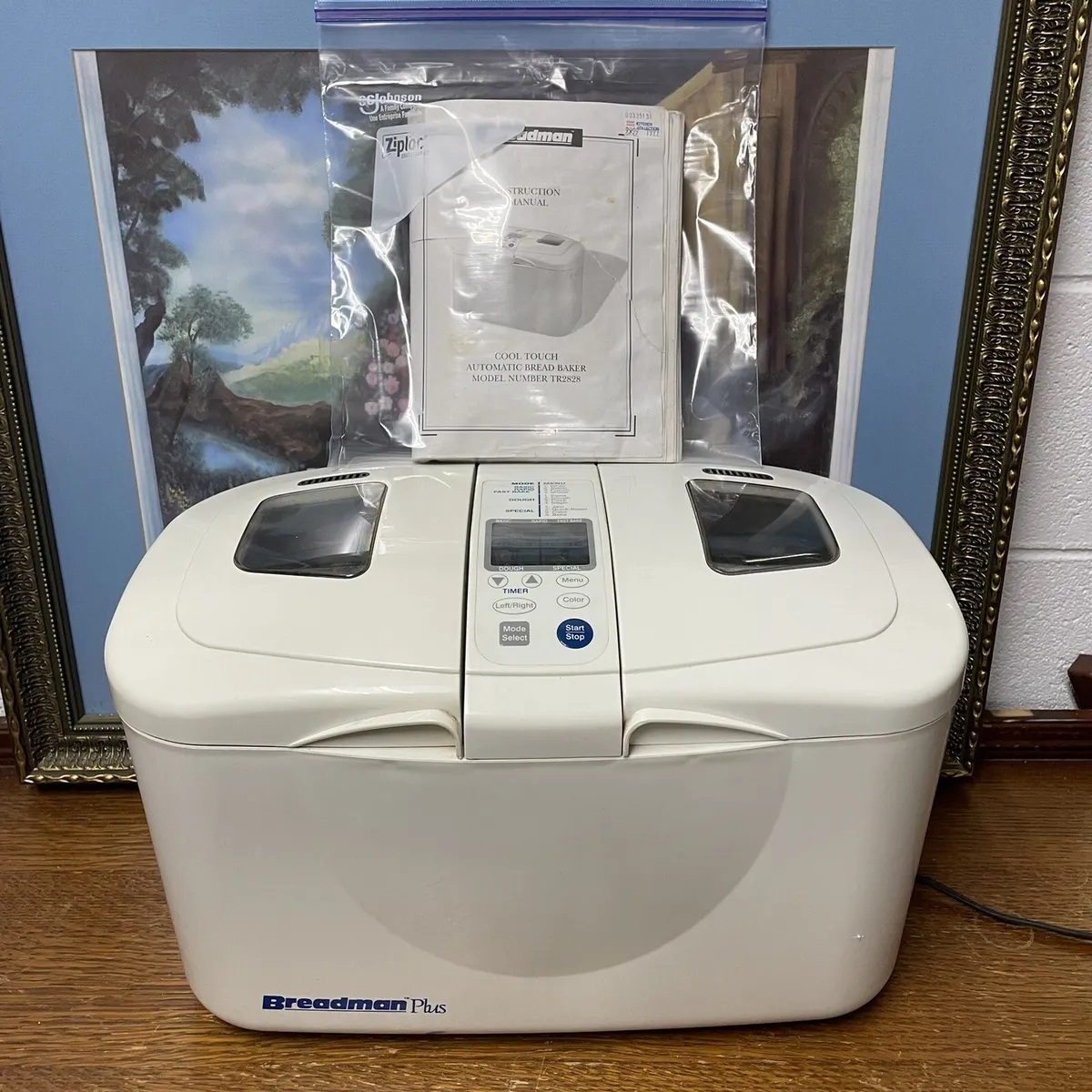
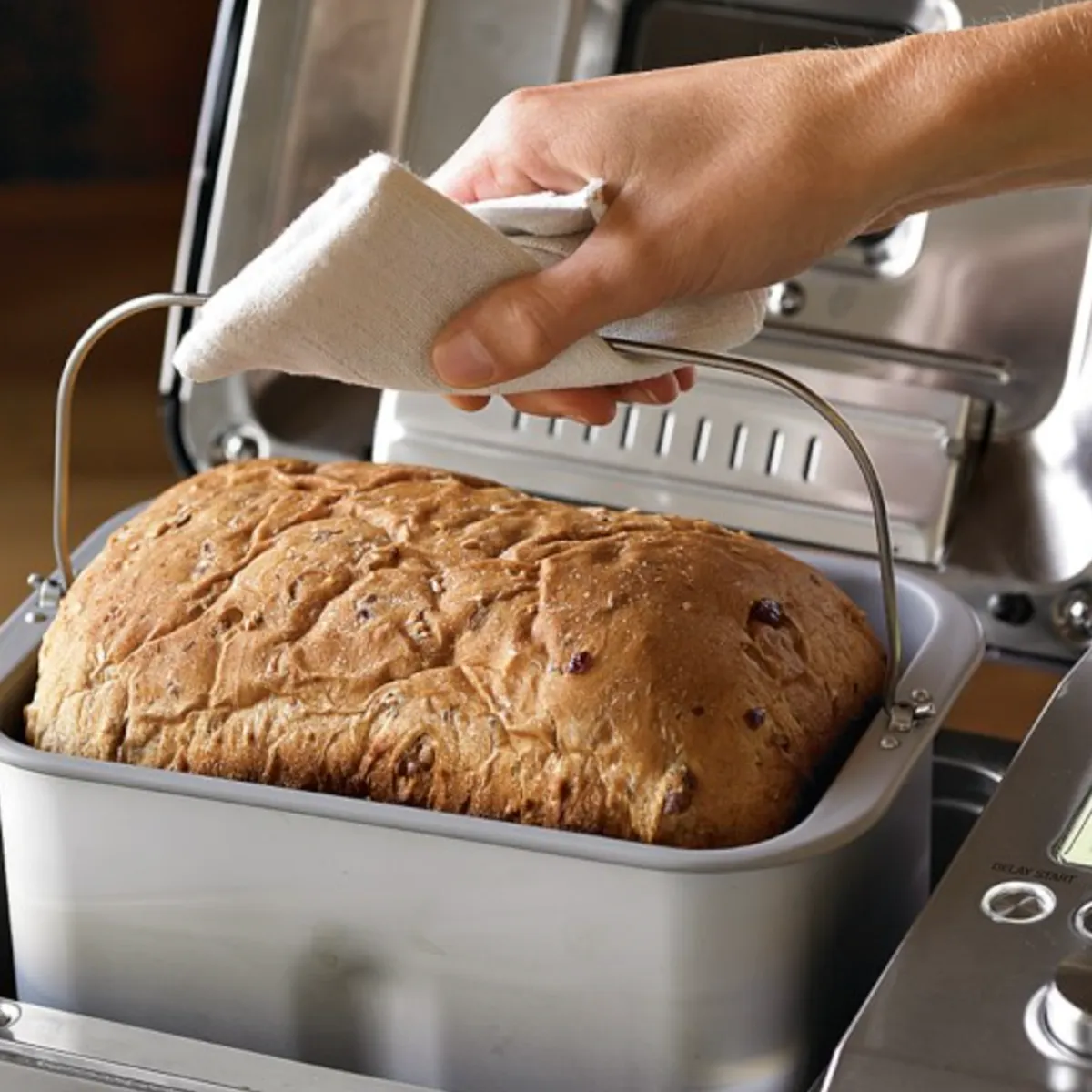
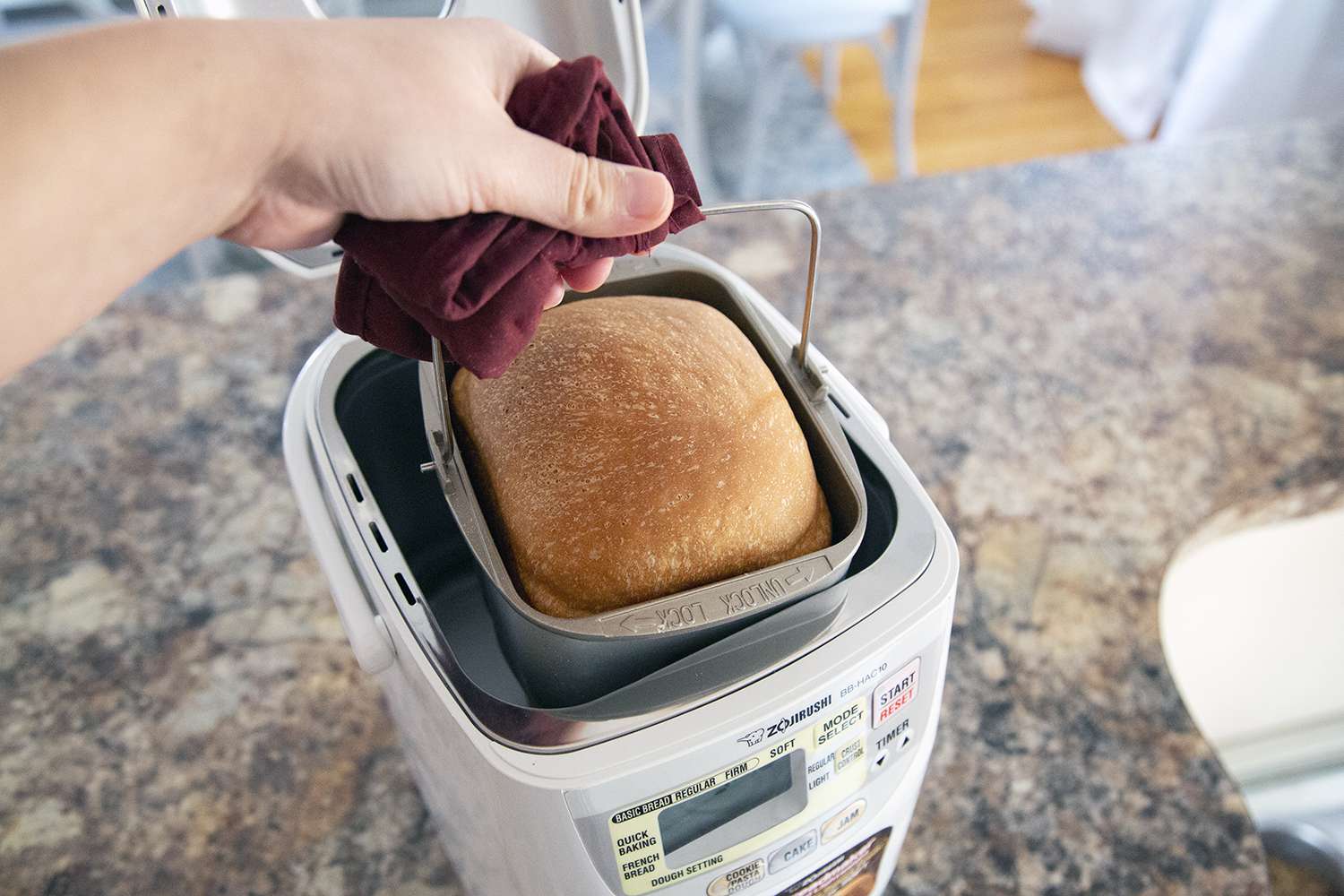
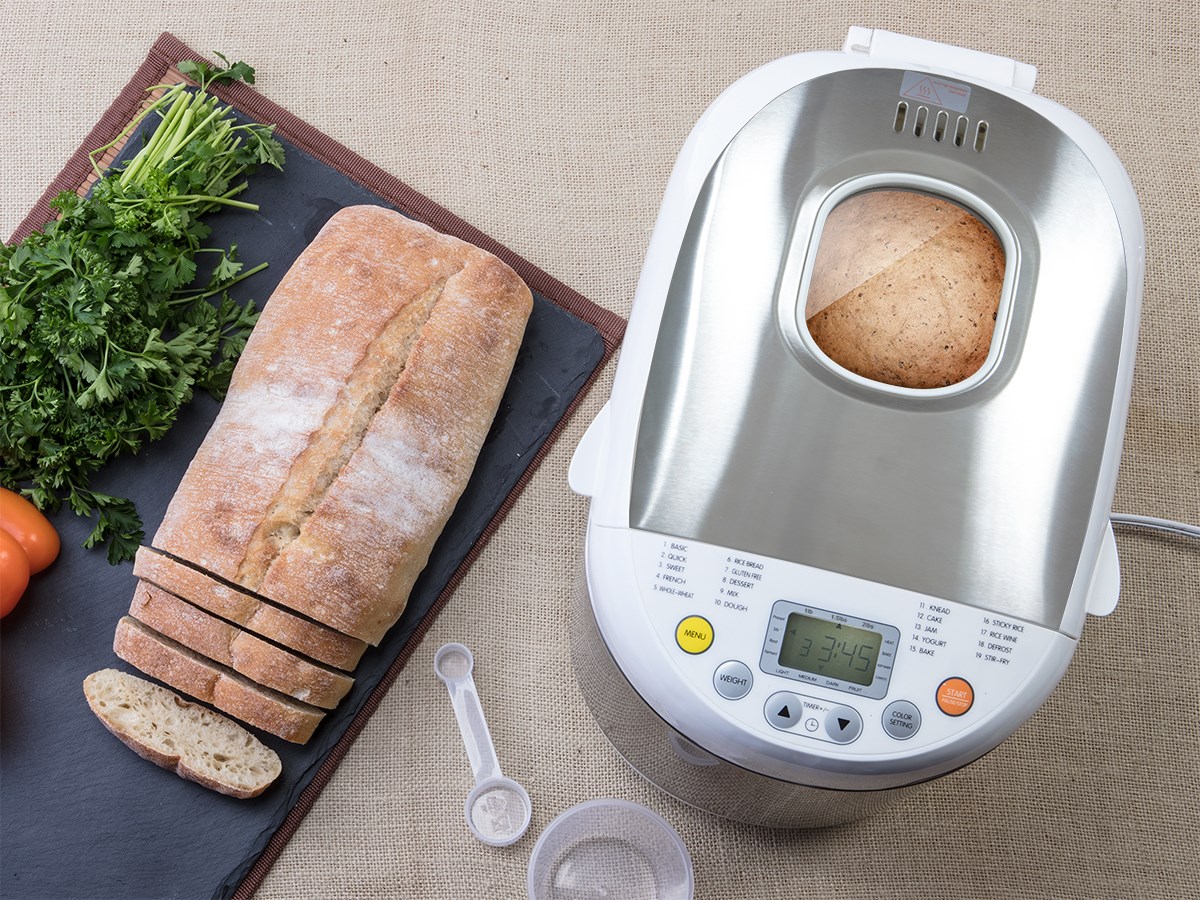


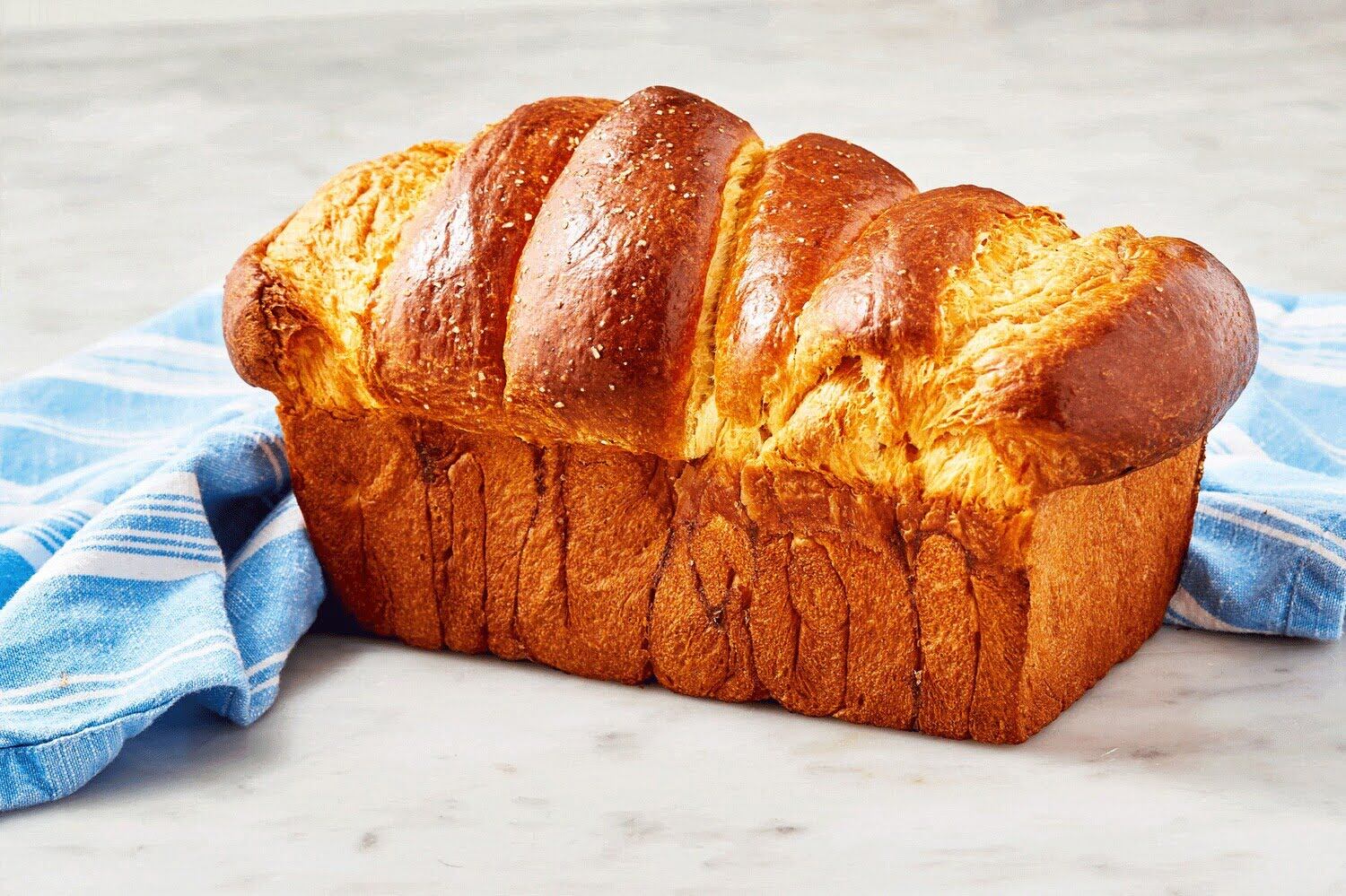
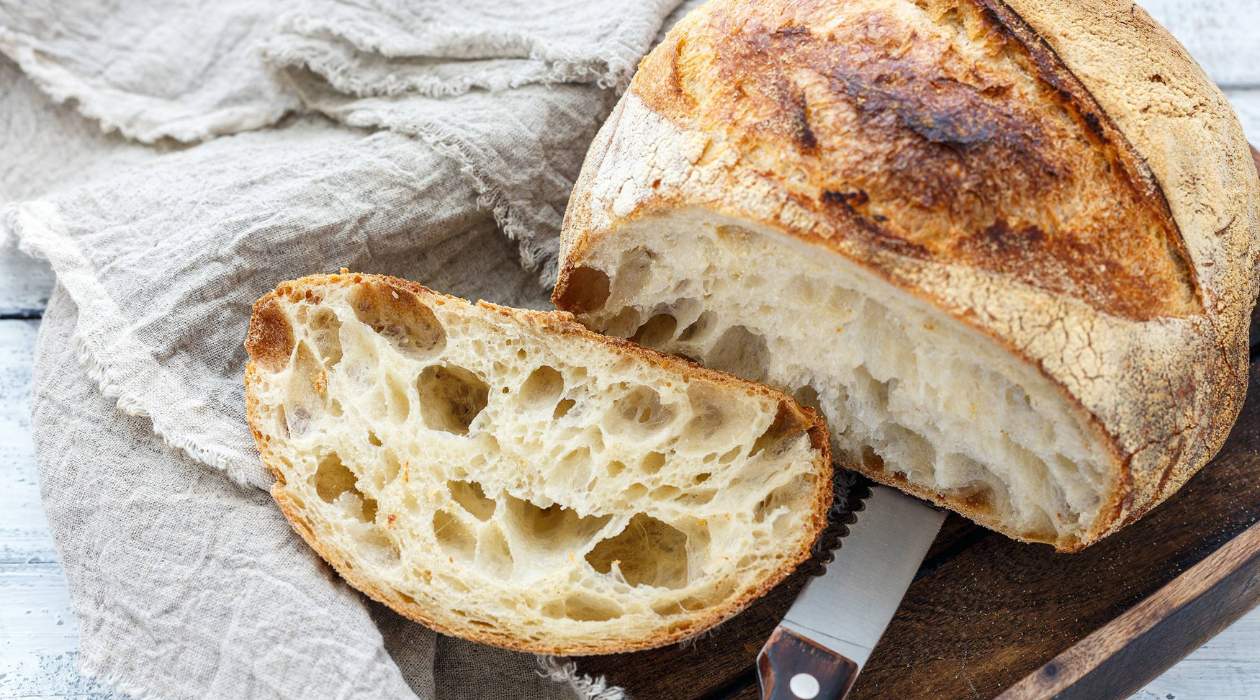

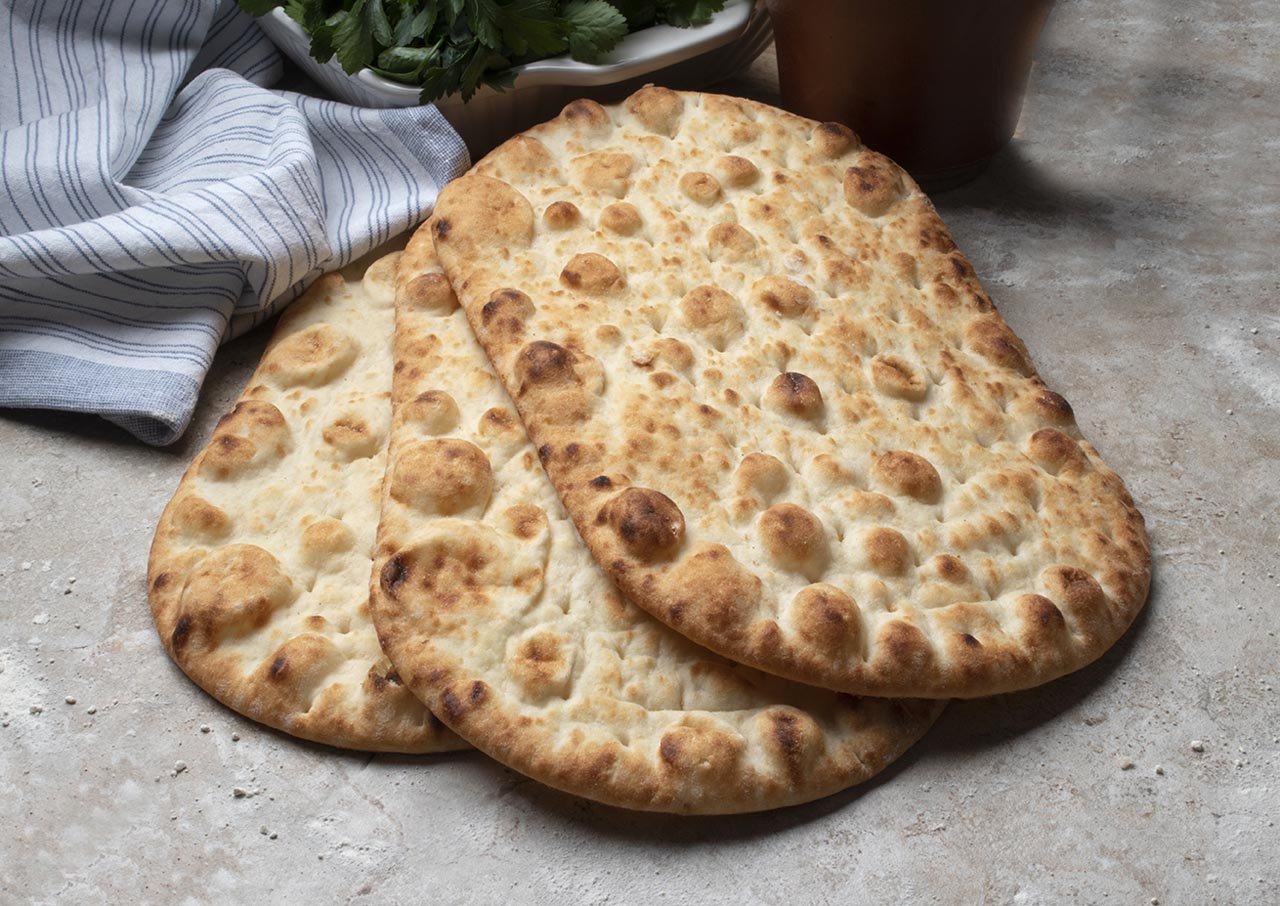

0 thoughts on “How To Store Loaf Of Bread”